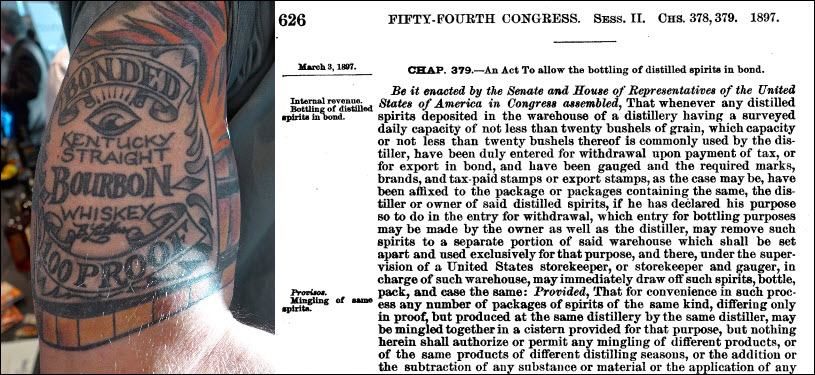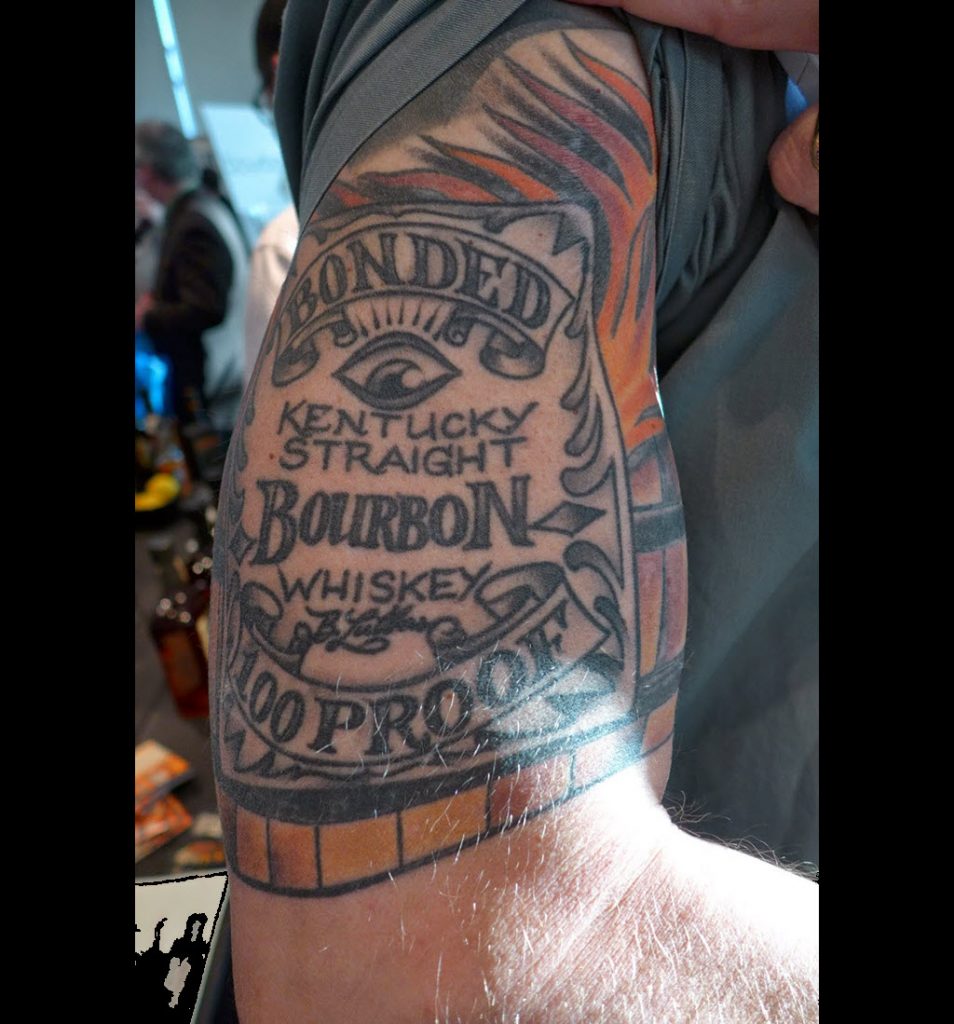

For the average person, March 3 is just another day on the calendar but, for hardcore distilled spirits fans it’s a day that’s kind of a big deal. You see March 3, 1897 is a day that will go down in distilled spirits history as a turning point for distillers and consumers for this is the day the Bottled in Bond Act of 1897 was signed into law.
Prior to the signing of the Bottled in Bond Act there were guidelines but no real laws to force distilleries and rectifiers to prove that what they said was in a bottle was actually in the bottle. Back in the frontier days it wasn’t uncommon for whiskey to be delivered in a barrel to a local saloon, general store or pharmacy where the proprietor could bottle up the alcohol on their own for resale or consumers could fill up their own jug directly out of a barrel. What the consumer didn’t know was whether that whiskey had been adulterated between the time it left the distillery and the time it entered the bottle. It wasn’t uncommon for Bourbon to be stretched using prune juice, neutral grains spirits, tobacco spit, rattlesnake heads, sugar, turpentine, iodine, fuse oil or just plain old water. Rattlesnake head, oh yum!
We had the opportunity to learn about the Bottled in Bond Act of 1897 from industry expert Bernie Lubbers and best-selling spirits author Fred Minnick. Bernie is likely the world’s foremost believer in the Bottled in Bond Act. Some people are known to ‘where their heart on their sleeve’ right? In Bernie’s case he’s a believer, in fact, he’s got a beautiful 100 Proof Bottled in Bond tattoo hiding under his sleeve. Take a look below. And, he’s got a personalized licence plate adorning his vintage 1966 Buick Skylark convertible that reads, ‘Stay Bonded.’


Stay Informed: Sign up here for the Distillery Trail free email newsletter and be the first to get all the latest news, trends, job listings and events in your inbox.
Fred Minnick shared some historical perspective on how this law came about. Fred says that, “Congress at one point studied it and learned that only 50% of the bourbon that people were purchasing was from real bourbon, the majority was rectified with other things added to it. So if you were to travel back in time to say 1875 to 1885, it’s very likely that what you tasted in bourbon was not bourbon but more grain neutral spirits, vodka, with coloring added to it with just a pinch of real bourbon. In fact, this was so common, there were books written about how to imitate bourbon.”
Back in the day, it was not uncommon for rectifiers to make false claims about their elixir. Fred shared a story that, “There was a brand out there called, Duffy’s Pure Malt Whiskey, that’s no longer around. This guy specialized in the medicinal market. He used to claim that his whiskey could make you live to be 162, it could cure cancer, gout, and the flu and my favorite, ugliness. But, he never said who had to drink it to cure ugliness.”
The Bottled in Bond act changed all that. It was so far ahead of its time that it wasn’t until nine years later in 1906 that the Pure Food and Drug Act was introduced to protect our food.
Watch the video below to learn more about the Bottled in Bond Act from Fred Minnick and Bernie Lubbers. Not only does Bernie put his money where is mouth is when he drinks bourbon but, he’s got the tattoo to prove it. Has there ever been a bigger fan? I think not!
You can also read the full text of the March 3, 1897 law below. Enjoy!
Please help to support Distillery Trail. Sign up for our Newsletter, like us on Facebook and follow us on Twitter.